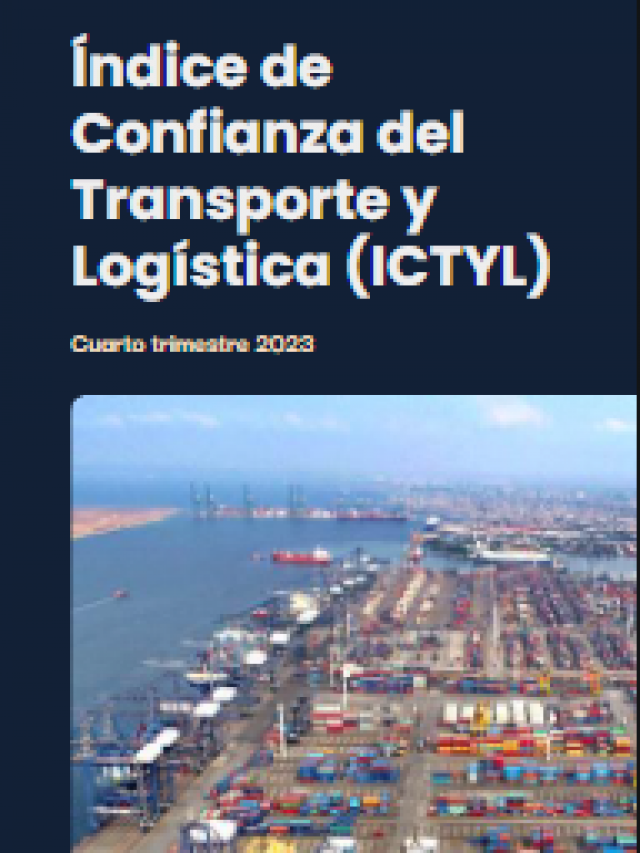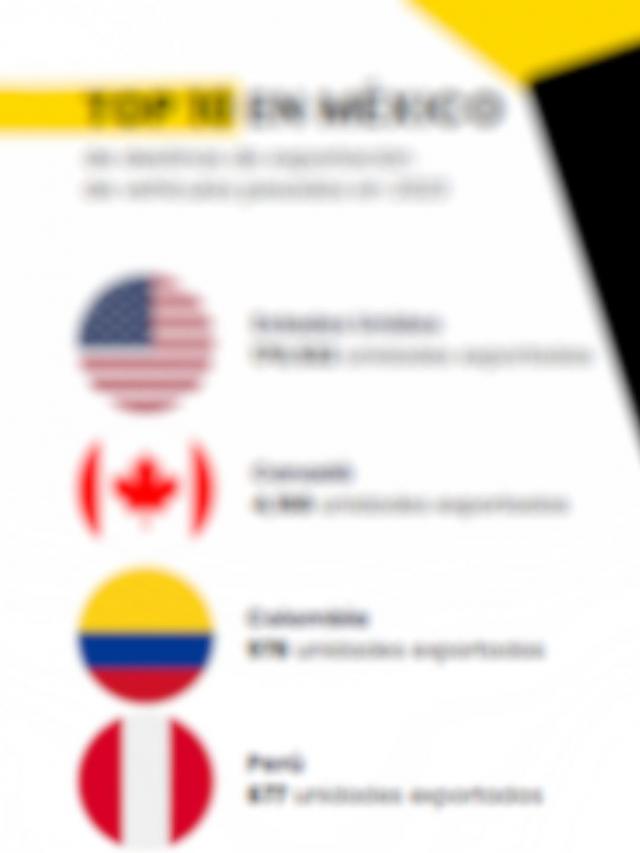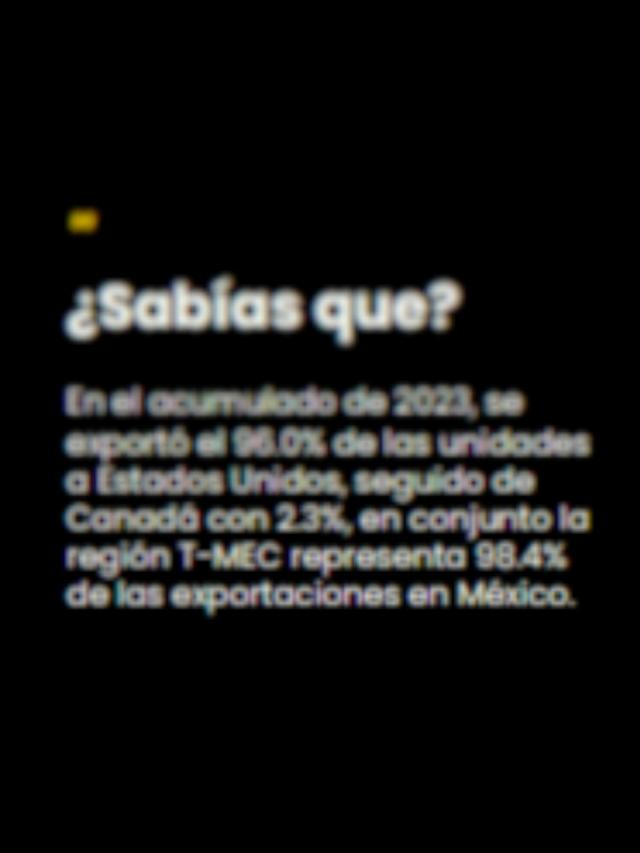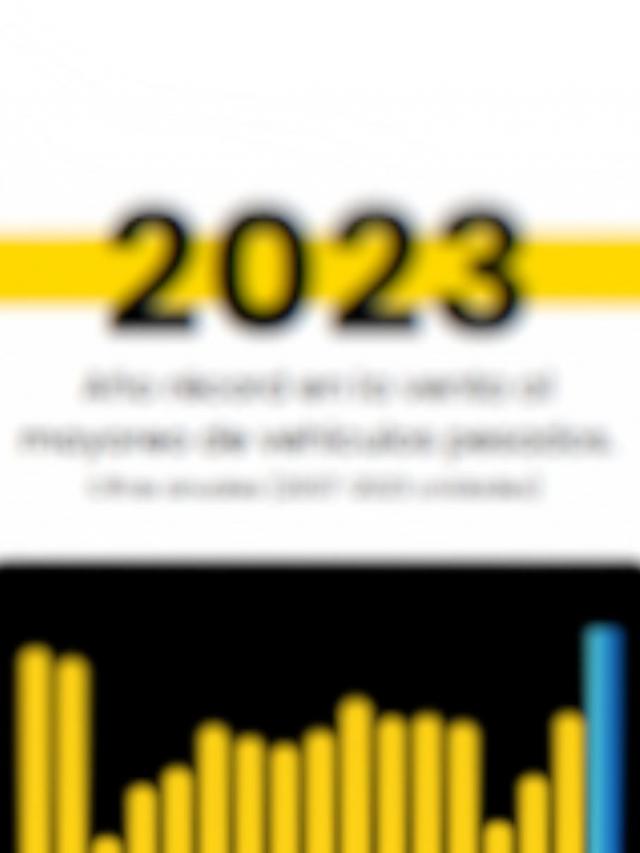
AAPA LATAM , one of the most important events in the maritime-port sector in Latin America, will take place in Lima, Peru , from June 24 to 27 , and will include a robust conference agenda with top-level exhibitors, with topics ranging from an analysis of the outlook for the global economy and its effect on demand in the maritime-port industry, to success stories in sustainability and decarbonization.
The Peruvian capital is gearing up to host this event, which will also address challenges in automation and technology , the redefinition of global ports, the outlook for major cargo generators and new shipping alliances, innovation and resilience for container and bulk terminals, and the challenges facing the cruise industry and port cities in the era of logistics integration.
Among the panelists will be Juan Carlos Paz Cárdenas , Chairman of the Board of Directors of the National Port Authority of Peru and member of the board of directors of AAPA LATAM . For him, 2024 was a momentous year for the development of Peru’s ports.
“The inauguration of the Chancay Multipurpose Port Terminal will mark a milestone in connectivity with Asia, enabling direct routes to Shanghai in just 23 days. Likewise, the Callao Bicentennial Pier, 1,050 meters long and fully electrified, strengthens the operational capacity of the country’s most important port. This is in addition to new investments in both Chancay and Callao, as well as in regional, sea, and river ports,” he noted.
He added that this growth has strengthened the competitiveness of this South American country in global trade, with exports exceeding $74 billion , of which $12.7 billion corresponds to agricultural exports.
Regarding how Latin American countries can position themselves in a challenging global geopolitical and commercial reality, Paz acknowledged that uncertainty is a constant in economic history, and each country must define clear strategies to turn challenges into opportunities.
He highlighted that in recent years, Peru has strengthened its trade integration through 23 Free Trade Agreements (FTAs) with major world economies such as the United States, China, and the European Union.
“Our port model is a benchmark in the region, with investments from 18 countries, including the United States, the United Kingdom, Brazil, Spain, Mexico, the Netherlands, Turkey, the United Arab Emirates, China, and Australia. Our concession policy has been successful, with eight concessions already granted, a ninth in the process of being signed, and the 30-year extension of the Matarani Port Terminal concession,” he explained.
The event will also feature Dinesh Sharma, CEO of Drewry , who highlighted that Latin America has seen strong growth in port traffic in recent years.
“Compared to January 2019 levels, that growth was 30 percent. Furthermore, the 12-month average growth rate reached 11.1 percent last December, nearly double the global average of 6.1 percent,” he added.
He explained that, in the last two years, traffic at the most important ports, such as Callao, has increased by up to 25%, and in other cases, such as the Paracas Port Terminal, that percentage has quadrupled.
“This growth is primarily a reflection of investments in infrastructure and equipment, leading to both increased capacity and improved efficiency,” he emphasized.
Dinesh Sharma highlighted Peru’s importance in terms of container movement, as more than half of the seven million TEU (20-foot containers) of additional capacity planned to be added over the next five years along the west coast of Latin America, from Mexico to Chile, are in Peru.
Drewry’s current outlook for the region is for six million TEUs of throughput to be added over the next five years.
Another speaker at AAPA LATAM will be Carlos Urriola , a port specialist and member of the AAPA LATAM Board of Directors, who highlighted the importance of Peru as the venue for this event.
“The investments in the Callao and Chancay expansions confirm their role as a maritime hub for cargo distribution. In addition to port infrastructure, continued investment in roads, railways, and logistics parks is needed to make Peru an even more successful hub. The selection of Lima for the AAPA Congress will be an excellent opportunity to discuss local and regional projects,” he added.
Regarding the impact of the large container shipping alliances that dominate logistics and port markets, he noted that most of these alliances are born and die before their expiration date.
“On the one hand, alliances are experimenting with vessel networking using transshipment, while others are experimenting with direct services. This is a major change in the region. On the other hand, shipping lines are operating multiple port terminals, and there are very few port operators that aren’t part of those lines’ structures,” he noted.
AAPA LATAM 2025 aims to be a space that will prioritize regional dialogue, strategic analysis, and the exchange of experiences among the various stakeholders in the logistics and port chain.
Comment and follow us on X: @GrupoT21















